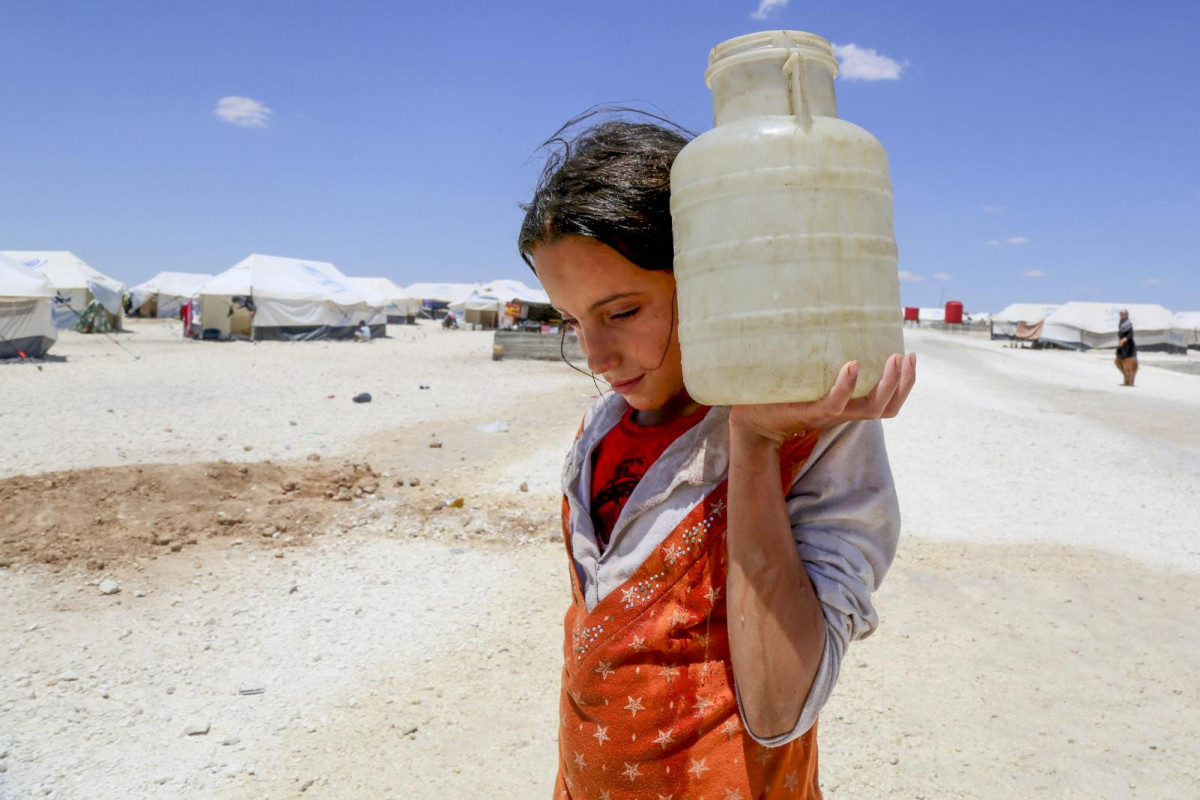
The role of water in conflicts around the world. When you think of the ways in which wars and conflicts are fought, water wouldn’t immediately come to mind, but in many conflicts, restricting or controlling the access to water can be used as a weapon. It has happened throughout history, across the globe. When a community’s water supply is cut off, children and families are forced to rely on unsafe water, or leave their homes in search of a new source. At times this may mean families have to reduce or ration their water supplies, other times it means drinking water that is clearly contaminated and dangerous. For children, the consequences can be deadly, as water and sanitation related diseases remain among the leading causes of death in children under five. There are different ways that water can be used as a weapon, which include attacking water infrastructure and workers, or denying access. For example: Attacks on water and sanitation infrastructure: this includes both intentional attacks, such as targeting pipelines or pouring concrete into wells, and inadvertent attacks, where reckless bombardment with no attempt to avoid critical civilian infrastructure results in damaged or destroyed water and sanitation systems. Stopping the flow of water: this can include turning off water pumping stations so pipes run dry, or even shutting down electrical systems so that water pumping station cannot operate. Contaminating water: when water sources are poisoned, the water has been turned into a weapon. This includes throwing dead human or animal bodies in a well to contaminate the water supply as a tactic to deny a community safe water. Attacks on water and sanitation workers: humanitarians and local workers around the world are often at risk when working in conflicts. Many have come under attack, been injured or killed while repairing critical civilian infrastructure. Even the threat of attack can deter maintenance or repair, leaving a community without safe water. Denial of humanitarian access: often in conflicts, humanitarian workers and supplies are denied access to reach communities or areas that need assistance.
This is how water is being used as a weapon. It is not always the case that water is used for harm. It is worth noting that in many countries, and indeed across borders of countries, water can also be an instrument of peace and collaboration. However, when water systems are attacked and access to safe water is denied, the impact on children is huge. Without water, children cannot survive. When forced to rely on unsafe or contaminated water, they are at risk of deadly diseases. In times of crises, when hospitals are overcrowded and medical supplies are low, a lack of safe water can be just as deadly as a bullet or bomb.